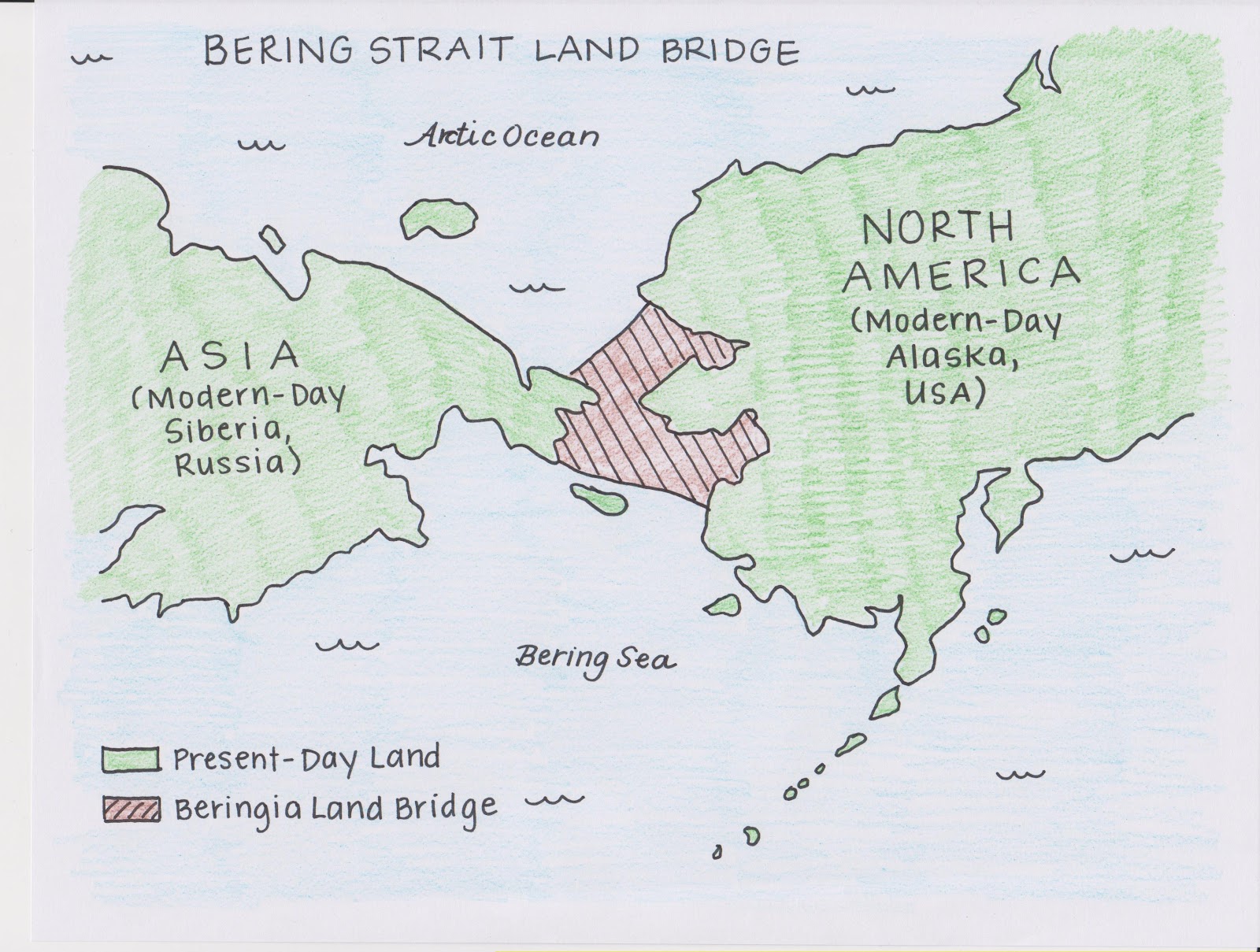The Bering Strait is not just an ordinary body of water; it is a fascinating geographical marvel that connects the continents of Asia and North America. This slender stretch of ocean, only about 85 kilometers wide at its narrowest point, is steeped in history, culture, and natural beauty. Its icy waters serve as a boundary between two worlds, yet it also represents a bridge that has allowed human migration for thousands of years. Understanding the significance and intricacies of the Bering Strait can reveal much about our planet's past and present.
As you explore the Bering Strait, you encounter a rich tapestry of indigenous cultures, unique wildlife, and remarkable geological features. This strait is home to several islands, including the well-known Diomede Islands, which are split between the United States and Russia. The unique geographical positioning of the Bering Strait has also made it a point of interest for scientists and historians alike, as it holds clues to ancient human migrations and climate changes that have shaped our world.
In addition to its historical and cultural significance, the Bering Strait is also a vital ecosystem teeming with marine life. From migrating whales to diverse fish populations, its waters are crucial for both ecological balance and the livelihoods of local communities. The strait is not merely a geographical feature; it is a living entity that encapsulates stories of survival, adaptation, and interconnection between different cultures and species. Join us as we delve deeper into the mysteries of the Bering Strait and uncover the many layers that make it a remarkable part of our world.
What is the Historical Significance of the Bering Strait?
The Bering Strait has long been recognized as a critical passage for early human migration. It is believed that during the last Ice Age, approximately 20,000 years ago, a land bridge known as Beringia connected Asia and North America, allowing for the movement of various species, including humans. This migration played a pivotal role in shaping the demographics of the Americas.
How Did the Bering Strait Influence Indigenous Cultures?
The indigenous peoples of the Bering Strait region, including the Chukchi and Inuit, have thrived for centuries by adapting to the harsh environmental conditions. Their traditions, languages, and lifestyles are deeply connected to the land and sea. The strait has served as both a source of sustenance and a means of cultural exchange between these communities.
What Wildlife Can Be Found in the Bering Strait?
The Bering Strait is home to an astonishing array of marine life, making it a vital habitat for various species. Some notable residents include:
- Bowhead whales
- Gray whales
- Seals and sea lions
- Numerous fish species, such as salmon and halibut
This rich biodiversity is essential for maintaining the ecological balance of the region and supports the livelihoods of local indigenous communities.
How Has Climate Change Impacted the Bering Strait?
As climate change continues to alter global weather patterns, the Bering Strait is undergoing significant transformations. The warming temperatures have led to melting sea ice, impacting marine ecosystems and the species that depend on them. Additionally, changes in ocean currents and temperatures can disrupt migratory patterns and the availability of food for marine life.
What Challenges Do Communities Around the Bering Strait Face?
The communities surrounding the Bering Strait are grappling with various challenges, including:
- Climate change and its effects on traditional livelihoods
- Increased shipping traffic and its environmental implications
- Political tensions between neighboring countries
These challenges require adaptive strategies and collaboration among local communities, governments, and scientists to ensure the sustainability of the region.
How is the Bering Strait a Bridge Between Two Nations?
The Bering Strait serves as a natural boundary between the United States and Russia, yet it also represents a potential bridge for cooperation and understanding. The shared interests in marine resources, environmental protection, and cultural exchange highlight the possibility for collaborative efforts across this international boundary. Initiatives aimed at fostering dialogue and partnerships can help address the pressing issues faced by both nations.
What Future Holds for the Bering Strait?
The future of the Bering Strait is uncertain, as it faces numerous environmental, political, and social challenges. However, it also holds immense potential for research, cultural exchange, and sustainable development. By recognizing the importance of this unique geographical feature, we can work together to preserve its rich history and biodiversity for generations to come.
In conclusion, the Bering Strait is a remarkable intersection of history, culture, and ecology. From ancient human migrations to the rich marine biodiversity, its significance cannot be understated. Understanding the challenges and opportunities that lie ahead is crucial for ensuring the sustainability of this vital region. As we continue to explore the mysteries of the Bering Strait, we can appreciate the intricate connections that bind us all, transcending geographical boundaries and uniting diverse cultures and ecosystems.




